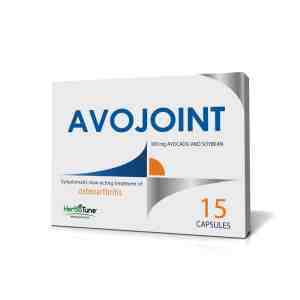
The musculoskeletal system is composed of two systems – the muscular system and the skeletal system – but is commonly referred to as 'musculoskeletal' because of the main common functions of the said two systems, which are, movement and support.
The musculoskeletal system is made up of hard and soft tissues. The hard tissue includes bones and cartilages (articular cartilages), while the soft tissues are the muscles, tendons, synovial membranes, joints capsule and ligaments.
Musculoskeletal disorders (MSDs) are conditions that can affect your muscles, bones, and joints. They include conditions such as:
Arthritis – As we age, our joint tissues become less resilient to wear and tear and start to degenerate manifesting as swelling, pain, and oftentimes, loss of mobility of joints.
Osteoporosis – “Porous bone.” The bane of the old, especially, women. The hard, rock-like quality of bone is dependent upon calcium. When too much calcium is dissolved from bones or not enough replaced, bones lose density and are easily fractured.
Osteomalacia – “Soft bones.” If not enough calcium is deposited during early childhood development, the bones do not become rock-hard, but rubbery.
Carpal tunnel syndrome – People whose job involves repeated flexing of their wrist (typing, house painting) may develop tingling and/or pain in their thumb, index and middle fingers along with weakness of movements of the thumb, especially, grasping an object.
Tendonitis– Repeated strain on a tendon, attachment of a muscle to bone, can inflame the tendon resulting in pain and difficulty with movement involving the muscle.
Rotator cuff tear – Muscles surrounding the shoulder joint are involved in rotating the shoulder with upper arm and hand forward and backward, among other movements. The tendons of these muscles also contribute to the structural strength of the shoulder joint.
Bursitis – A bursa is a small, closed bag with a minimum amount of lubricatory fluid that serves as a shock absorber where bones make close contact and to minimize trauma and friction where tendons cross bones and joints.
Muscular dystrophy – Muscular dystrophy is a group of inherited diseases in which the muscles that control movement progressively weaken.
Myasthenia gravis – “Muscular weakness, profound”.
Lupus erythematosus – An autoimmune disease wherein the body produces antibodies against a variety of organs, especially connective tissues of skin and joints.



